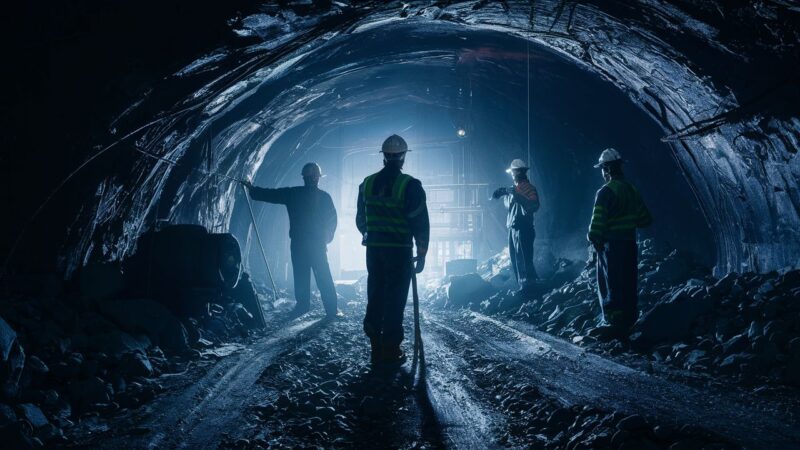Earnings of coal miners reveal not just the financial compensation for a demanding and hazardous profession but also offer insight into the broader economic and social fabric that surrounds this age-old industry. This article explores the multifaceted aspects of their salaries, comparing them with other industries, and examines the impact of global economic trends and shifts towards sustainable energy on their livelihoods.
Key Takeaway
- In the United States, the average hourly pay for a coal mine worker in 2024 is approximately $23.72, with a range from $18 to $32.
- Total annual compensation, including bonuses, can range from $37,000 to $83,000
Average Salary For Miners in Different Regions or Countries
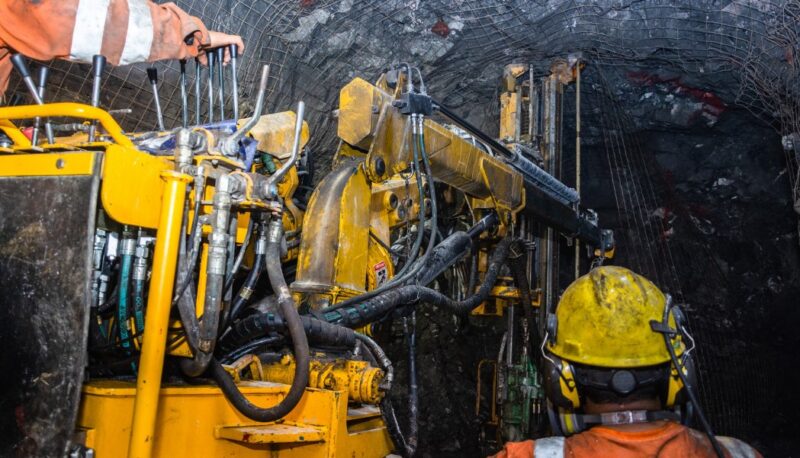
Their salary can vary significantly based on their location, experience, and the specific position they hold within the mining industry. In the United States, the average hourly pay for a coal mine worker in 2024 is approximately $23.72, with a range from $18 to $32.
Total annual compensation, including bonuses, can range from $37,000 to $83,000. In contrast, in Australia, the mining sector presents a broad range of salary opportunities. The average salary for a worker is around $85,000 per year, but this can vary dramatically, with some positions paying more than $100,000 per year and others, particularly those in managerial roles or with extensive experience, potentially earning close to $200,000 annually.
These figures highlight the importance of various factors such as geographical location, and the specific mining sector like coal, gold, or underground mining.
Beyond the United States and Australia, mining salaries reflect a complex interplay of local economic conditions, the cost of living, and industry demands. For example, in countries with a strong mining industry but lower living costs, salaries might be lower than in the U.S. or Australia but still represent a competitive wage locally.
Salaries are also influenced by the type of mining operations involved. For instance, underground miners tend to earn higher wages than those working in surface mines due to the increased risks and required skill set for underground operations. Factors such as overtime, hazard pay, and bonuses for high productivity can substantially increase a worker’s total earnings, reflecting the demanding and sometimes dangerous nature of their work.
Factors that Affect the Salary:
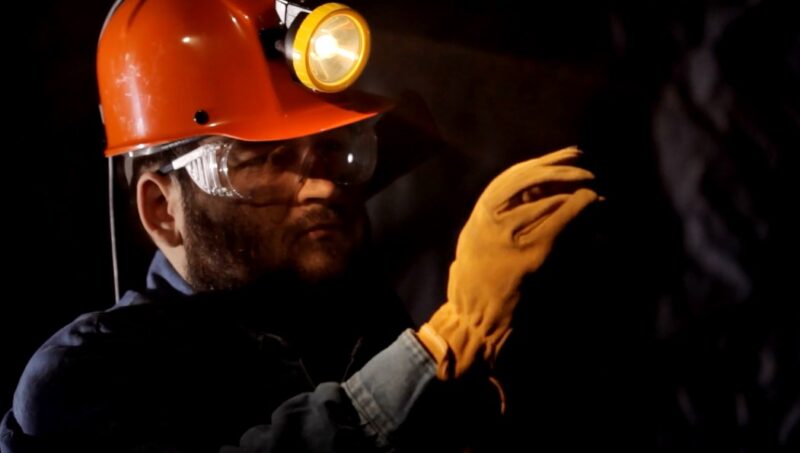
The wages are determined by a complex interplay of factors that can significantly influence their earnings. Here are some key determinants:
| Factor | Description |
|---|---|
| Education | While a high school diploma or equivalent may be sufficient for entry-level positions, higher education degrees or specialized training can lead to better-paying roles within the mining industry, such as technical experts or management positions. |
| Certifications | Certifications that demonstrate specialized skills or safety training can also increase a miner’s employability and salary. For example, certifications in safety, heavy equipment operation, or emergency response can make a candidate more valuable to employers. |
| Experience | Experience plays a crucial role in determining a worker’s salary. Those with more years of experience in the field can often negotiate higher wages due to their developed skill set, knowledge of mining operations, and ability to handle complex situations. |
| Specific Skills | The mining industry values specific skills highly, including the operation of complex machinery, maintenance, and repair skills, understanding of mining software and technology, and expertise in mining safety protocols. Workers who excel in these areas are likely to command higher salaries. |
| Geographical Location | The location of the excavation site can significantly affect wages. Workers in regions with higher living costs or in remote areas where mining operations are critical to the local economy may receive higher pay. International demand for specific minerals can make certain locations more lucrative for workers. |
| Market Demand | The global demand for coal and other minerals influences mining operations’ profitability and, consequently, the wages of workers. Periods of high demand can lead to increased wages, while downturns in the market can pressure salaries downwards. |
| Union Membership | In some countries and regions, unionized workers may receive higher wages due to collective bargaining agreements. These agreements can also ensure better working conditions, benefits, and job security, which indirectly affect miners’ overall compensation. |
| Company Size and Profitability | Larger mining companies or those with higher profitability may offer better wages and benefits to attract and retain skilled workers. Conversely, smaller or less profitable operations may have more constraints on their wage offerings. |
These determinants are crucial for current and prospective workers, as they can guide them in career development choices, negotiation for better pay, or decisions about pursuing additional training or certifications to enhance their marketability and earning potential in the mining industry.
Economic Impacts
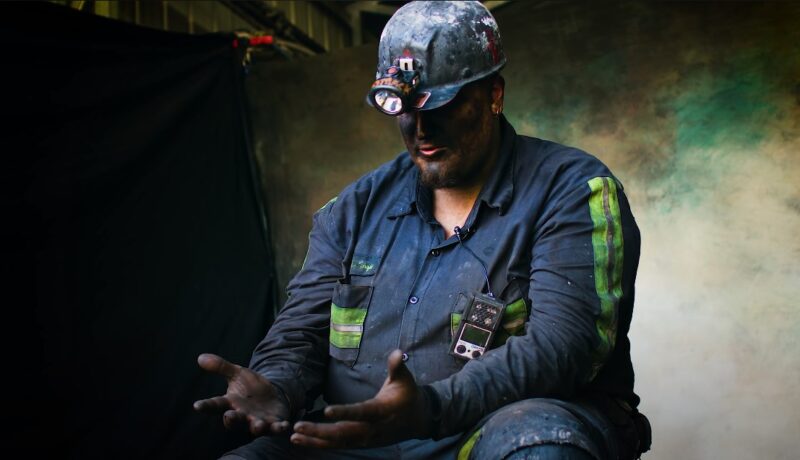
The economic significance of mining in regions like Appalachia includes its impact on production, employment, and the broader ecosystem, including supply chain industries, transportation, and electric power generation. These are the most economic impacts related to mining:
- Coal mining significantly influences local economies, particularly in regions where it’s a major industry like Appalachia.
- It impacts job creation, directly and indirectly, through supply chain industries and services.
- The decline in production affects transportation, electric power generation, and the overall coal industry ecosystem.
- Economic shifts prompt the need for community adaptation, including workforce retraining and diversification of local economies.
- Government subsidies and support programs may be available to mitigate negative impacts and aid in economic transition.
Working Conditions and Risks
The job of a coal miner is inherently risky, involving significant physical and health hazards due to the demanding and dangerous nature of the work environment. Coal miners confront daily risks that challenge both their physical well-being and safety.
Physical and Health Risks
Coal miners are exposed to a variety of physical and health risks, including long-term respiratory diseases like pneumoconiosis, commonly known as black lung, caused by inhaling coal dust. They also face the danger of physical injuries from machinery, the risk of explosions from methane gas, and the potential for cave-ins. These conditions not only pose immediate threats to miners’ safety but can also lead to chronic health problems, impacting their quality of life and long-term well-being.
Compensation Effects
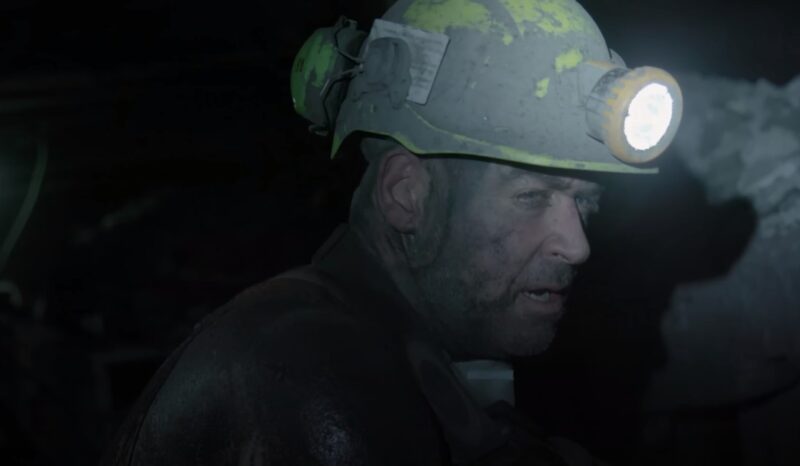
The compensation effects for coal miners often reflect the high-risk nature of their jobs, with salaries and benefits structured to acknowledge the dangers they face daily. Higher wages, hazard pay, and comprehensive health insurance are common compensatory measures. These financial incentives are designed to compensate for the physical and health risks associated with mining, aiming to attract and retain workers in a field that demands significant sacrifices and exposes employees to hazardous working conditions.
Mitigation Measures
Mitigation measures in coal mining aim to reduce the risks and improve safety through stringent regulatory compliance, advanced training in risk management, and the use of cutting-edge technology for monitoring and ventilation.
Investments in health programs and regular medical screenings help detect and prevent occupational diseases early, while the adoption of automation and remote-operated machinery seeks to minimize direct exposure to hazardous conditions. These strategies collectively contribute to creating a safer working environment for miners.
Renewable Energy Sources are Affecting the Industry and Workers
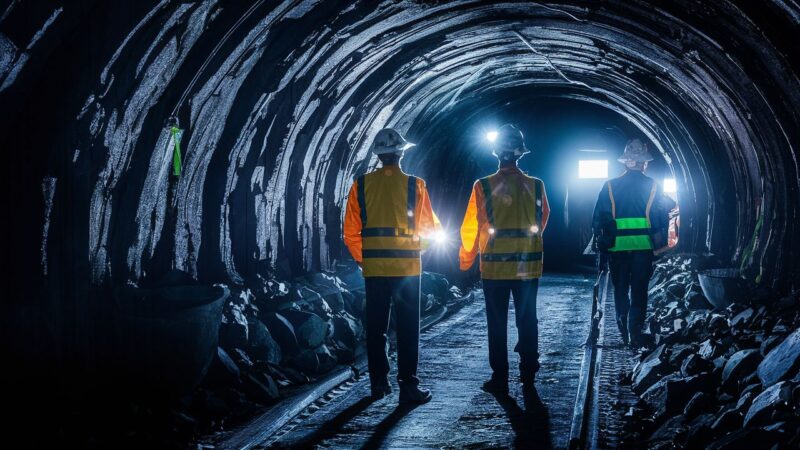
The rise of renewable energy sources is significantly impacting the industry, leading to a shift in energy production and consumption patterns worldwide. As governments and corporations prioritize sustainability and reduce carbon emissions, investment in renewable technologies like solar, wind, and hydroelectric power increases.
This shift diminishes the demand for coal, affecting its market price and leading to a decrease in mining operations, which impacts employment and economies in regions traditionally reliant on mining.
The global commitment to the Paris Agreement and national clean energy goals accelerate this transition, pushing for a more diversified and sustainable energy mix. This evolution poses challenges for coal-dependent communities but also opens opportunities for economic diversification and investment in clean energy jobs and infrastructure.
The shift towards renewable energy impacts coal industry workers by reducing demand, leading to mine closures, layoffs, and economic uncertainty in coal-dependent communities.
Workers face the challenge of transitioning to new jobs, often requiring retraining or relocation. Governments and organizations are focusing on initiatives to support these workers through re-skilling programs, economic diversification efforts, and investments in renewable energy projects that can create new employment opportunities in affected regions.
FAQs
What new job opportunities are emerging for coal miners?
Renewable energy sectors offer new roles requiring similar skills.
Are there programs to assist miners in transitioning to new industries?
Yes, re-skilling and educational initiatives support transitions to renewable energy jobs.
How does renewable energy impact coal demand?
It reduces demand, leading to decreased coal production.
What are the key health risks for miners?
Black lung disease and injury from machinery are significant risks.
Can coal miners expect compensation for hazardous work conditions?
Higher wages and hazard pay often compensate for the risks.
Conclusion
The coal mining industry, deeply ingrained in certain economies and communities, faces significant changes with shifts towards renewable energy, impacting job security and local economies. Workers confront physical and health risks, compensated by higher wages and hazard pay.
As the industry adapts, mitigation measures and support for transitioning workers become crucial. This transition offers an opportunity for economic diversification and the development of sustainable, resilient communities, reflecting a global move towards cleaner energy sources and the need for comprehensive support systems for affected workers.
The evolution of the energy sector, emphasizing renewable sources, necessitates a balanced approach to supporting miners through transition periods, highlighting the importance of sustainable development and the well-being of workers in the face of industry shifts.
